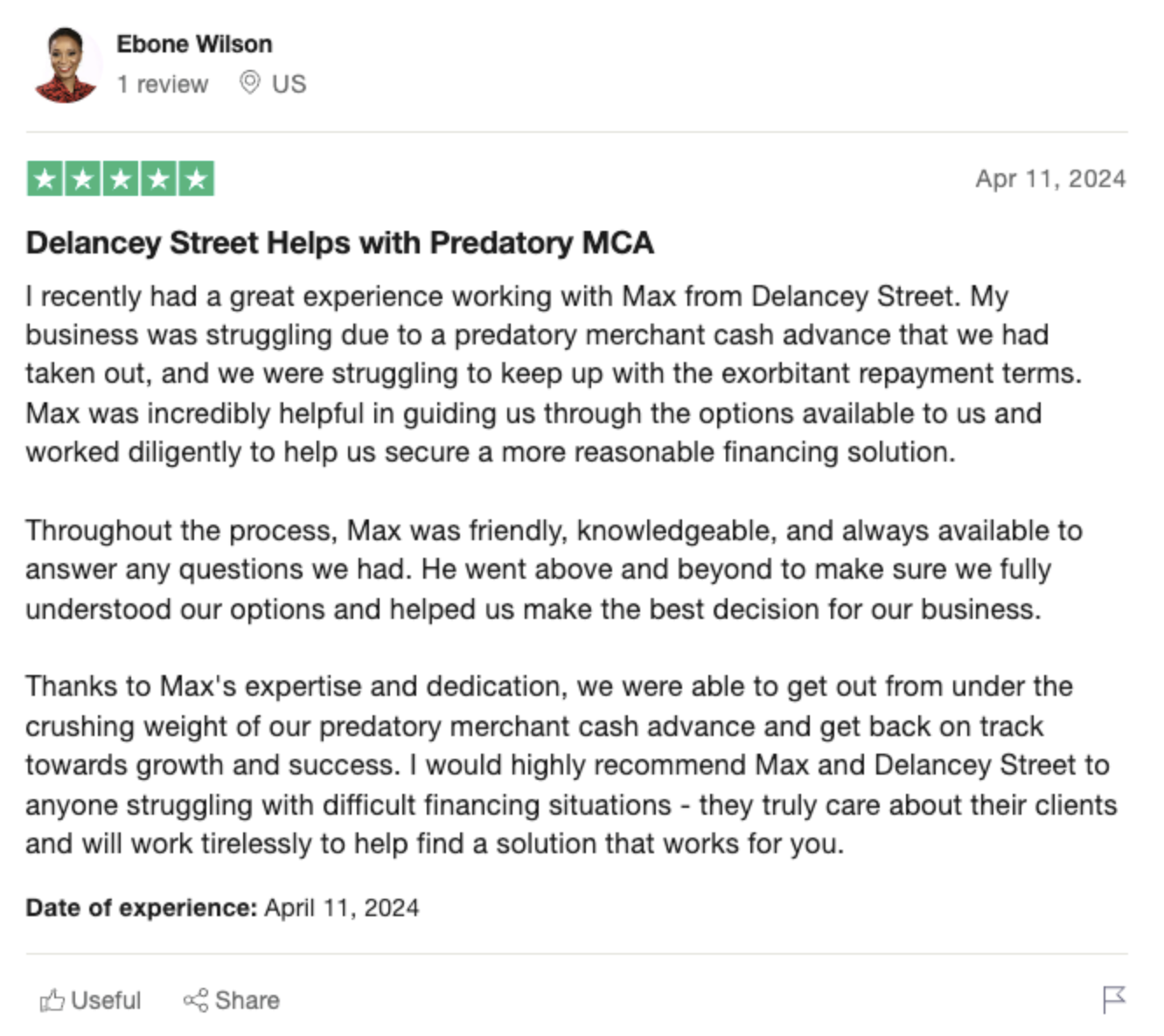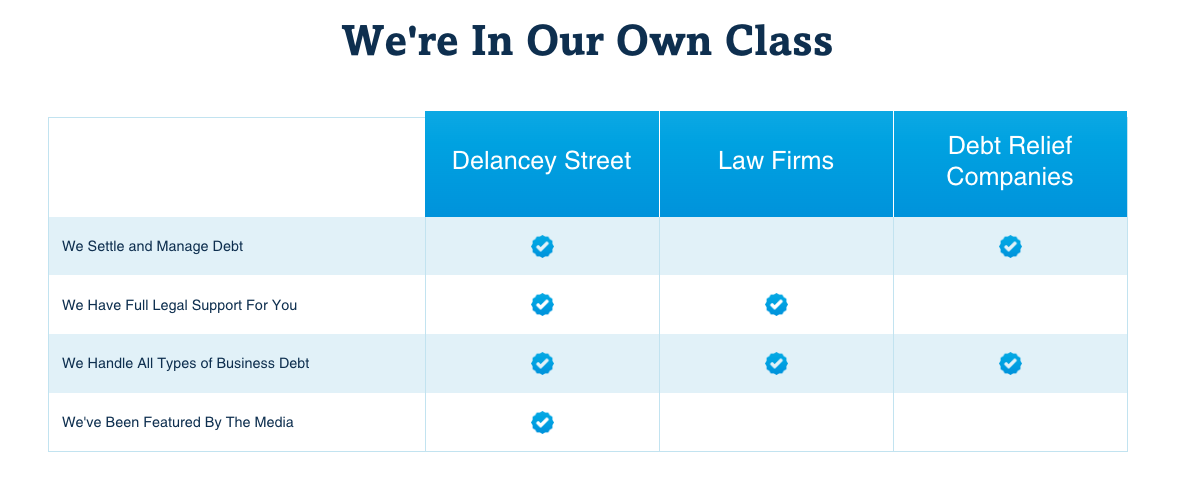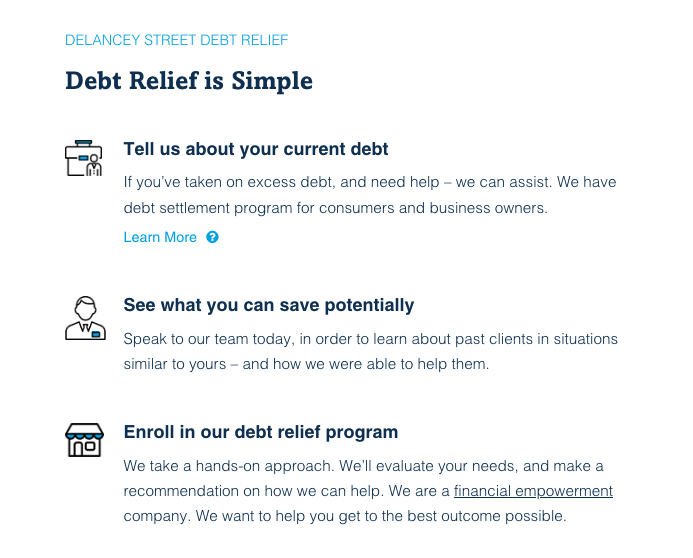Texas Business Owner’s Guide to Debt and Financing
As a business owner in Texas, having access to sufficient capital and managing debt properly are critical to the success and growth of your company. This guide covers key aspects of business debt and financing that Texas entrepreneurs need to understand.
Types of Business Debt Financing
When starting or expanding your Texas business, some of the main types of debt financing to consider include:
 -
-Business Loans
One of the most common sources of financing, business loans allow you to borrow money and repay it over time with interest. Popular options include term loans, lines of credit, and SBA loans. Key lenders in Texas include local banks, credit unions, and online lenders.
Equipment Financing
Funds the purchase of equipment like machinery, vehicles, or technology through loans or leases. This allows you to spread equipment costs over time. Vendors and specialty finance companies often provide this type of financing.
Invoice Factoring
Sell your Texas business’ outstanding invoices to a commercial finance company to raise capital quickly. The factor provides you cash right away in exchange for the future value of invoices due from customers.
Merchant Cash Advances
Receive an upfront lump sum of capital that is repaid by sharing future credit card or debit card sales with the lender. The repayment amount fluctuates based on your sales volumes.
 -
-401(k) Business Financing
Use funds from your personal 401(k) savings to finance a business as either a loan or equity investment. This allows you to leverage your own retirement funds.
Crowdfunding
Raise smaller amounts of business capital from a large number of investors through an online crowdfunding platform. This is an option for funding very early stage businesses.
Assessing Financing Options
When reviewing debt financing alternatives, focus on three key factors:
Cost of Capital
The interest rates and fees charged for borrowing money. Compare options to find the lowest viable cost of capital for your business.
Repayment Terms
The length of time provided to repay the borrowed amount and the flexibility of repayment options. Seek terms that align with your projected cash flow.
 -
-Collateral Required
Assets like property, inventory, or equipment that a lender may require you to pledge as security for a loan. Seek financing with no or low collateral requirements.
Shopping around and negotiating with lenders can help optimize these parameters. Online comparison tools like LendingTree make it easier to evaluate business loan and financing offers.
Impacts of Debt on Business Operations
While debt provides critical access to capital, it also creates the following impacts on a business:
 -
-Cash Flow Drain
Debt repayment obligations reduce the cash flow available to operate your Texas business month-to-month. Keeping repayment schedules manageable is vital.
Increased Risk Profile
Taking on significant business debt amplifies financial risk factors. This may limit your options for obtaining additional financing in the future if needed.
Reduced Flexibility
Committing business assets as collateral and agreeing to long repayment terms reduce your flexibility to pivot the business model or strategy if needed.
Personal Liability
With some lending instruments like SBA loans or personal guarantees, your personal assets may be impacted if the business cannot service debt obligations.
Tax Implications
Interest paid on business debt is generally tax deductible, providing some offset to borrowing costs. Consult a tax advisor regarding your situation.
Astute management of these trade-offs is critical to effectively utilizing debt.
Best Practices for Managing Business Debt
Here are vital best practices Texas business owners should follow when taking on and managing debt:
Conservative Capital Planning
Only raise the precise amount of capital truly needed for near-term business plans. Remaining lean preserves flexibility.
Target Moderate Leverage
Carry a sustainable ratio of debt financing versus equity invested into your company. High debt levels lead to excessive risk and cash flow issues.
Prioritize Low Cost of Capital
Focus on debt instruments like loans or credit facilities that offer competitive interest rates and low fees to keep your cost of capital minimized.
Match Terms to Projections
Align repayment schedules, covenants, and maturities to your financial forecasts to sustain positive cash flow coverage.
Limit Personal Exposure
Explore financing options that limit the pledge of personal collateral or guarantees to protect your personal finances.
Maintain Reserves
Even when business is strong, continually set aside reserves equivalent to multiple months of loan payments as a buffer for periods of economic weakness.
Monitor Key Metrics
Carefully track key ratios like debt service coverage as well as credit scores and reports to catch issues early before lack of liquidity creates a crisis.
Expert Support
An accountant, financial advisor, or business lawyer can provide guidance tailored to your situation regarding prudent approaches to debt and business financing in Texas including:
- Sourcing financing proposals from reputable lenders
- Reviewing term sheets and contracts
- Structuring optimal repayment schedules
- Negotiating favorable interest rates and fees
- Managing risks and tax considerations
With sound advice and active management, Texas entrepreneurs can strategically utilize business debt to fund growth while avoiding undue risk that might sink the company. Reach out today to discuss your specific capital needs and how to meet them.







